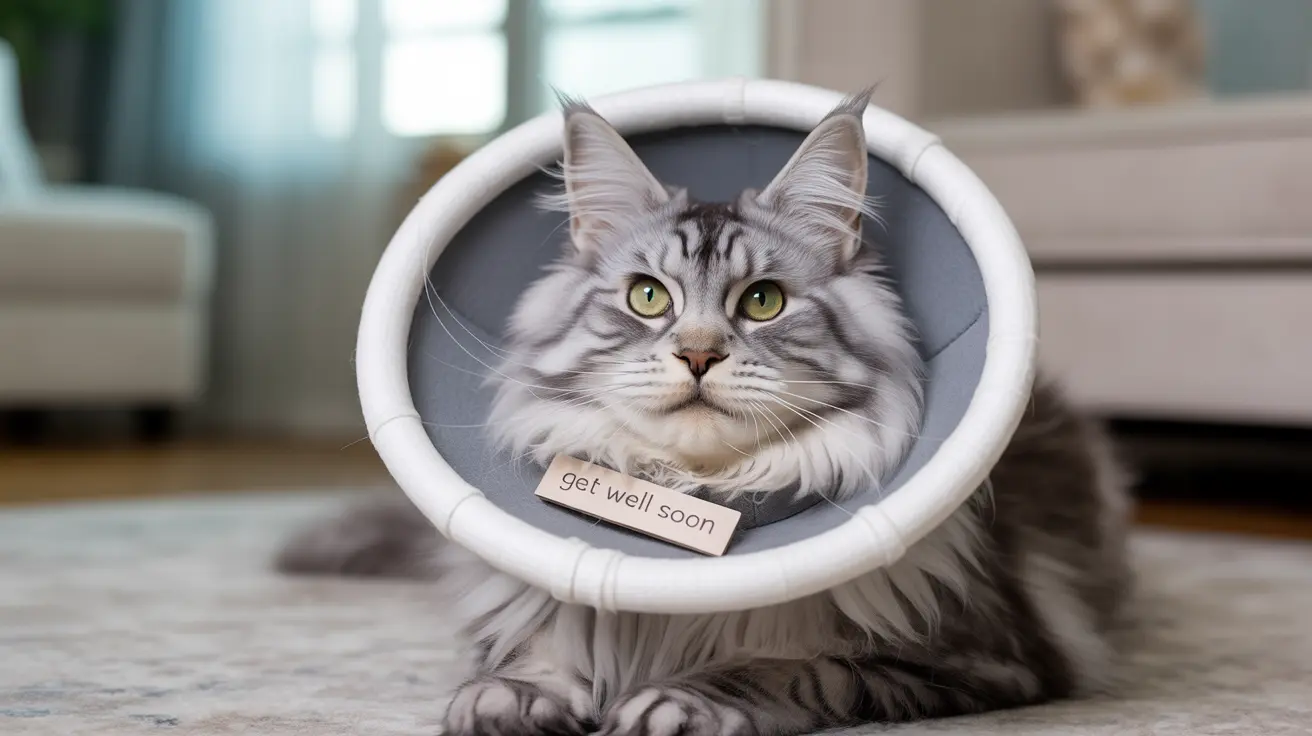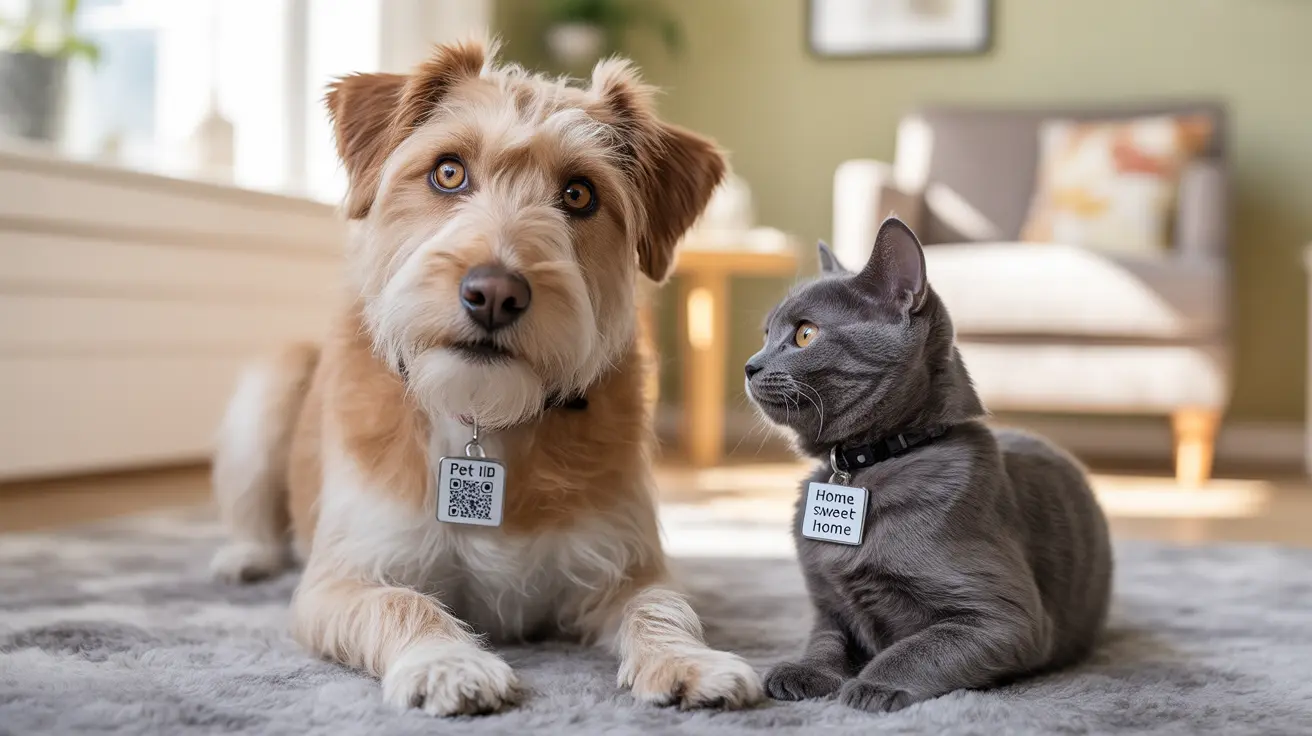Materials and Essential Supplies for DIY Cat Cones
Before starting your DIY project, gather these common household materials:
- Soft fabric or old t-shirts
- Foam pipe insulation or pool noodles
- Cardboard or poster board
- Paper plates
- Scissors
- Securing materials (velcro, string, or medical tape)
- Measuring tape
Popular DIY Cat Cone Methods
The T-Shirt Method
One of the most comfortable alternatives to traditional cones is the modified t-shirt or baby onesie approach. Cut appropriate holes for legs and tail, then secure the garment snugly around your cat's body. This method is particularly effective for abdominal surgeries or wounds.
The Foam Collar Option
Using foam pipe insulation or a pool noodle, create a flexible and lightweight collar that's less restrictive than traditional plastic cones. Cut the foam to size, create a curved shape, and secure it with string or medical tape. This option provides excellent mobility while maintaining protection.
Proper Fitting and Safety Guidelines
The success of any DIY cat cone depends largely on proper fitting and implementation:
- Ensure the cone extends 1-2 inches beyond your cat's nose
- Allow for two fingers' width between the collar and neck
- Check that breathing isn't restricted
- Monitor for signs of discomfort or distress
- Secure all materials to prevent chewing or ingestion
Supporting Your Cat During Cone Wear
Help your cat adjust to wearing their new cone by:
- Creating a safe recovery space free from obstacles
- Elevating food and water bowls for easier access
- Providing a larger, uncovered litter box
- Offering plenty of positive reinforcement and comfort
- Monitoring eating, drinking, and elimination habits
When to Use Alternative Solutions
Sometimes, traditional cone designs might not be the best option. Consider alternative solutions when:
- Your cat shows extreme distress with traditional cones
- The wound location requires different protection
- Your pet has mobility or balance issues
- Standard-sized cones don't fit properly
Frequently Asked Questions
How do I make a DIY cat cone at home using household materials?
Choose materials like foam pipe insulation, cardboard, or a soft t-shirt. Measure your cat's neck circumference and the distance from neck to nose. Cut and shape your chosen material accordingly, ensuring it extends past your cat's nose. Secure with safe fasteners like velcro or medical tape, avoiding anything that could harm your pet.
What are the best ways to ensure my cat's comfort and safety while wearing a cone?
Monitor your cat closely, ensure proper fit with two-finger space under the collar, provide a hazard-free environment, and use soft materials when possible. Check regularly for signs of irritation or discomfort, and make adjustments as needed.
How can I help my cat eat and drink easily when they have a cone on?
Use shallow dishes or raised bowls, consider temporarily removing the cone during supervised feeding times, and ensure food and water containers are wider than the cone's diameter. Some cats may need hand-feeding initially while adjusting.
When and why should I keep my cat indoors while they are wearing a cone?
Always keep your cat indoors while wearing a cone because the collar restricts vision, hearing, and movement. This limitation makes them vulnerable to accidents, predators, and getting stuck in tight spaces outdoors.
How do I properly fit a cat cone to prevent my cat from removing it or causing injury?
Measure your cat's neck circumference and add 2-3 inches for comfort. The cone should extend 1-2 inches beyond their nose but allow eating and drinking. Secure it firmly but not tightly, ensuring you can slip two fingers between the collar and neck.
Conclusion
Creating a DIY cat cone can be an effective and economical solution for post-surgical care or wound protection. By following proper safety guidelines and choosing appropriate materials, you can provide your cat with comfortable protection during their recovery period. Remember to monitor your pet closely and consult your veterinarian if you notice any concerns during cone wear.






